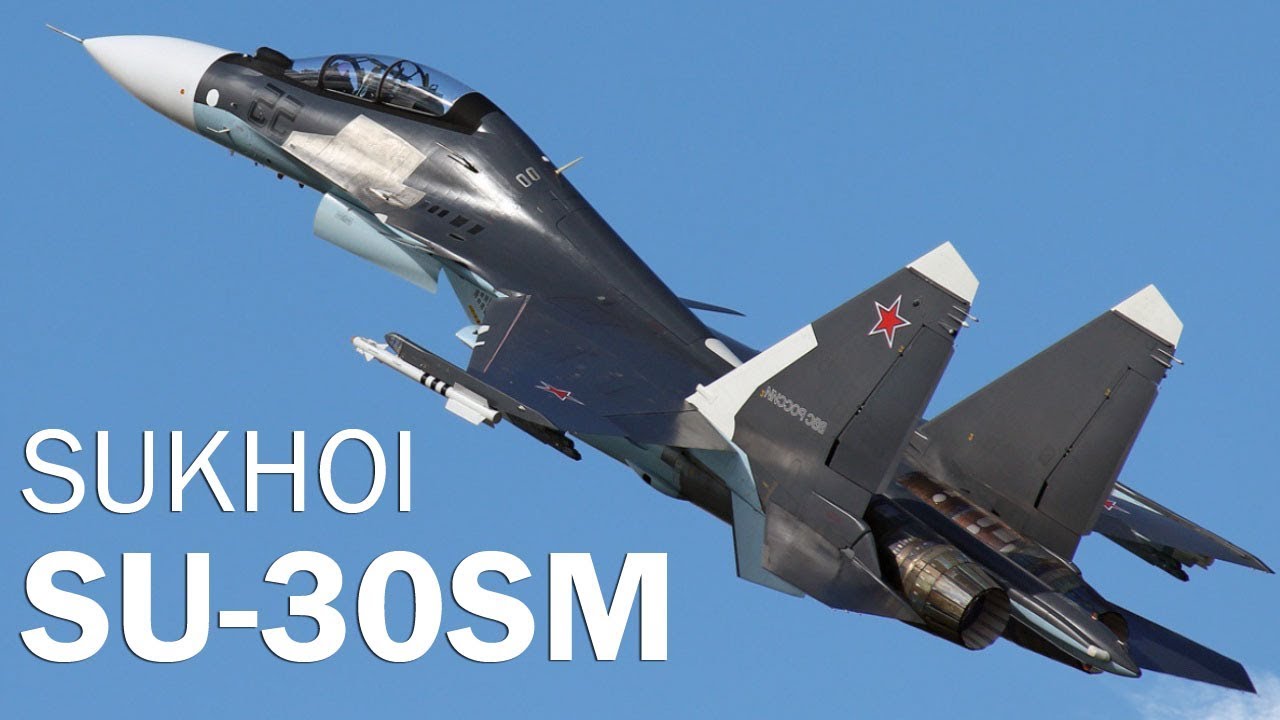On December 21, Russia’s Ministry of Defense released a video of Su-35S and Su-30SM fighters striking Ukrainian positions, highlighting the combat work done by the Western Military District’s fighter crew.
The ministry shared the video on its Telegram channel, claiming that the Western Military District’s Su-35S and Su-30SM crew deployed various weapons to eliminate hostile targets while executing flight operations.
The pilots return to the base after pounding their targets. The fighter jets are then quickly loaded, refueled, and equipped with new missiles for the next strike mission.
According to the ministry, maintaining an advantage in the air is made possible by a high level of expertise, deep experience, and sophisticated equipment. The ministry added that combat sorties of operational-tactical aircraft are conducted from temporary airfields to complete the specified tasks.
The ministry did not specify which missiles were used to attack Ukrainian targets.
Russia’s Su-35 and Su-30 warplanes are the two most sophisticated multi-role fighters and have been at the forefront of Moscow’s air war over Ukraine. Both can trace their roots to the large and powerful Soviet Su-27 fighter, which entered service around the end of the Cold War.

Most of the Russian air force’s Su-30 and Su-35 aircraft have been stationed in air facilities in Belarus, Crimea, and southwestern Russia for use in the war in Ukraine, a London-based Royal United Services Institute (RUSI) earlier revealed.
The Su-30 and Su-35 regiments, along with regiments operating Sukhoi Su-34 bombers, deployed their fighters for air missions at the beginning of the war in late February, making about 140 sorties per day.
The RUSI analysis explained that Su-35S and Su-30SM fighters carried out multiple high-altitude [combat air patrols] at roughly 30,000 feet in support of the medium-altitude Russian attack aircraft that were extensively deployed initially.
SEAD And Strike Missions
Su-30SMs and Su-35Ss, mainly, have conducted Suppression of Enemy Air Defense (SEAD) operations over Ukraine. These aircraft are frequently equipped with Kh-31P and Kh-31PM missiles, which could be used to track enemy radar signals from distances of 70 and 155 miles, respectively.
Despite having a powerful arsenal and experiencing some early-war victories, Russia’s SEAD operation could not dismantle Ukraine’s robust air defenses, bolstered by western defense systems, including NASAMS and IRIS-T.
This, according to experts, unquestionably reflects Russia’s inadequate training for SEAD operations. Furthermore, it was reported that Ukrainian air defenses have also taken down some Flankers armed with Kh-31 missiles.
British military aviation analyst Justin Bronk explained to RUSI that Kh-31 launches had a very low probability of kill and typically only served to temporarily compel Ukrainian surface-to-air missile (SAM) crew to switch off their radars.
Meanwhile, the Kh-59 subsonic air-to-surface missile, which has a range of 124 to 180 miles (depending on the type), is typically used by the Su-30 and Su-35 in ground attack missions since it can be launched outside the range of air defenses.
Both Russian fighters outperformed—and outnumbered—the MiG-29s and Su-27s of the Ukrainian air force. Vympel R-77-1 air-to-air missiles on Russian jets are also a significant advantage against the Ukrainian fighters.
The R-77-1 is integrated with active radar guidance. A pilot activates his radar temporarily, chooses a target, fires a missile, then deactivates his radar and initiates evasive maneuvers. The missile is then guided to its target by its own internal radar.

On the other hand, the Ukrainians’ older Vympel R-27R/ER missiles are semi-active, which means the pilot must constantly illuminate a target as the missile approaches. This put the Ukrainian fighter pilot in danger.
Furthermore, the R-77-1 has a range of up to 60 miles. The R-27’s range is usually limited to 50 miles. As a result, Russian pilots were firing at Ukrainian pilots from a distance that was beyond their ability to respond.
These fighter jets have also suffered in the ongoing conflict. On April 3, a Su-35S outfitted with R-77-1 and Kh-31P missiles was downed by ground-based air defense near Izium. The wreckage of a downed Su-35 was reportedly sent to the United Kingdom and the United States for examination by specialists.
- Contact the author at ashishmichel(at)gmail.com
- Follow EurAsian Times on Google News




